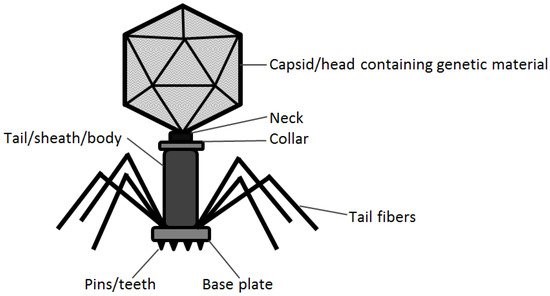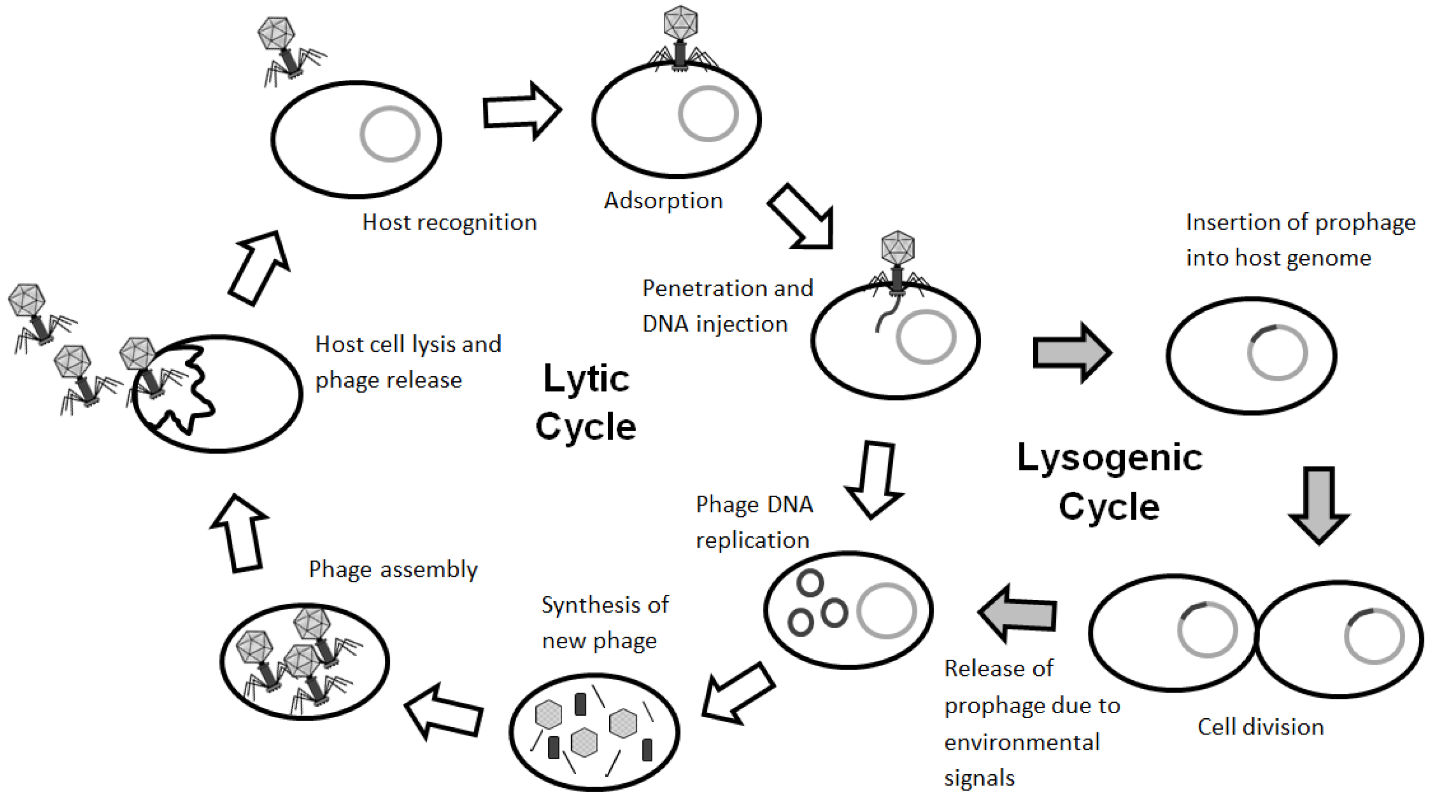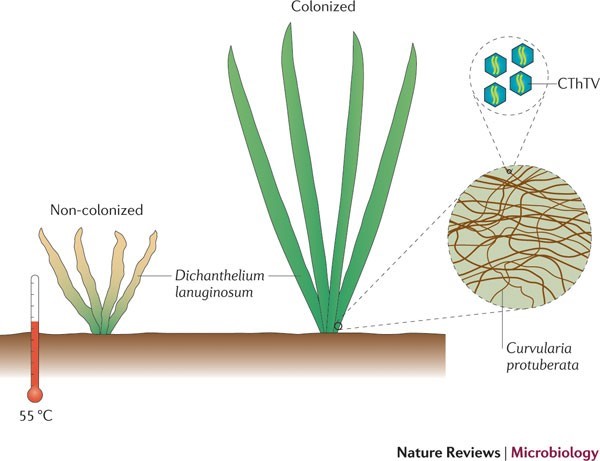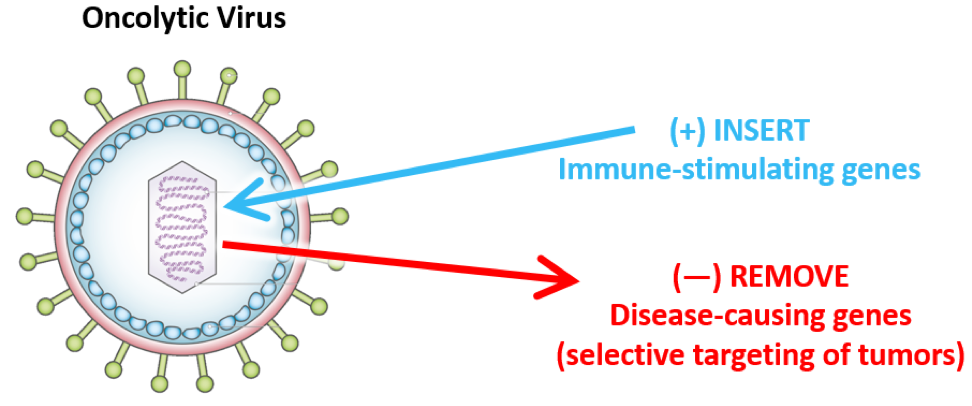“If all viruses suddenly disappeared, the world would be a wonderful place for about a-day-and-a-half, and then we would all die—that is the bottom line. All the essential things they do in the world far outweigh the bad things.” Epidemiologist at the University of Wisconsin-Madison –Tony Goldberg.
Amidst the COVID-19 experience, this sounds shocking. It raises the question: What good could viruses possibly do?
The Oxygen We Breathe
Most of the oxygen you are breathing now has very likely come from phytoplankton, rather than trees. Phytoplankton are micro-organisms living in water, and they are responsible for producing 50–80% of the oxygen we breathe. Examples include cyanobacteria and green algae. Marine phages help out these precious organisms against microbial competitors. With phages culling 20% of the oceanic microbes daily, phytoplankton can obtain their nutrients and undergo photosynthesis. Hence, it is not a stretch to say we can breathe freely thanks to viruses.
Natural Invaders Eliminate Competition
Bacteriophages or phages are natural invaders of bacteria. Their name is derived from the Greek word phagein, meaning “to devour”. They consist of a capsid containing their genetic material and a tail.

Phage composition. Source: www.mdpi.com
The invasion starts with adsorption, when the phage attaches to a receptor found on the bacteria cell surface; then, it injects its genetic material into the cell. From here, two possible modes of phage exist: lytic and lysogenic. The lytic mode makes its host synthesize new phages using its genetic material, which then assemble and lyse (break down) the host cell. The lysogenic mode is where the phage’s genetic material inserts and replicates the host’s genome.

Lytic vs lysogenic phage life cycles. Source: www.mdpi.com
These natural invaders help bacteria compete for territories. Host bacteria can gain two competitive advantages for colonizing new territory or even thriving in their own. To colonize, a few lysogenic bacteria switch into the lytic mode, sacrificing themselves for the population, and releasing phages into the extracellular environment, eradicating competing non-lysogenic bacteria. This allows the population to colonize new territory, as the phages produce a toxin that is harmless to the host, but kills other bacteria without phages.
Parasitoid Wasp Eggs
Parasitoid wasps lay their eggs into other host insects. Suppressing the host’s immune system is essential to avoid immune rejection, which would encapsulate their eggs and halt their development. This role is fulfilled by Polydnavirus (PDV); it is suspected that the PDV changes the host’s behavior to protect new larvae from other wasps.

Parasitoid wasps laying their eggs with PDV. Source: www.nature.com
Surviving Geothermal Soils
In Yellowstone National Park, USA, a species of grass known as Dichanthelium lanuginosum grows in soils with temperatures over 50 C; a challenging mission accomplished with the help of the fungus Curvularia protuberata. However, the fungus does not do it alone, but with the help of the Curvularia Thermal-Tolerance Virus (CThTV). Only fungi with the virus can confer thermotolerance and make life possible in such harsh conditions.

Plant-fungus-virus, three-way mutualistic symbiosis. Source: www.nature.com
Beautifying Viruses
Not only survival, but also beauty. Many viruses have been recorded to give aesthetic appearances to ornamental plants. An example is Tulip Breaking Virus (TBV), which gives tulips a striped appearance, unlike by interfering with pigment synthesis in other flowers.

Striped TBV-infected tulips. Source: apsjournals.apsnet.org
Therapeutic Viruses
Yes, viruses, mostly seen as pathogens, can be employed for therapy.
- Phage Therapy
Phages as antimicrobial treatments would solve the problem of antibiotic resistance in bacteria, especially that phage resistance is 10 times slower than antibiotic resistance. Although more work is needed before phage therapy becomes mainstream, it has a promising potential.
- Oncolytic Viruses
Some viruses, known as oncolytic viruses, can also fight cancer. Some of these viruses naturally infect and lyse cancer cells, but not normal cells. Yet, most of the oncolytic viruses are engineered to avoid healthy cells, selectively infect cancer cells, and produce immune-stimulating molecules. A case in point is the Talimogene Laherparepvec (T-VEC) treatment for melanoma, the only therapy approved by the U.S. Food and Drug Administration (FDA) back in 2015, where engineered herpes have been utilized.

Engineering oncolytic viruses. Source: www.cancerresearch.org
Currently, a huge diversity of oncolytic viruses including, adenoviruses, measles, polioviruses, and reoviruses is under pre-clinical and clinical development.
At the end, we hope this broad outlook on the vital role of viruses in different settings helps you appreciate the good they do.
References
apsjournals.apsnet.org
bbc.com
cancer.gov
cancerresearch.org
jhoonline.biomedcentral.com
mdpi.com
nature.com
ncbi.nlm.nih.gov
washingtonpost.com
Cover Image by pch.vector on Freepik